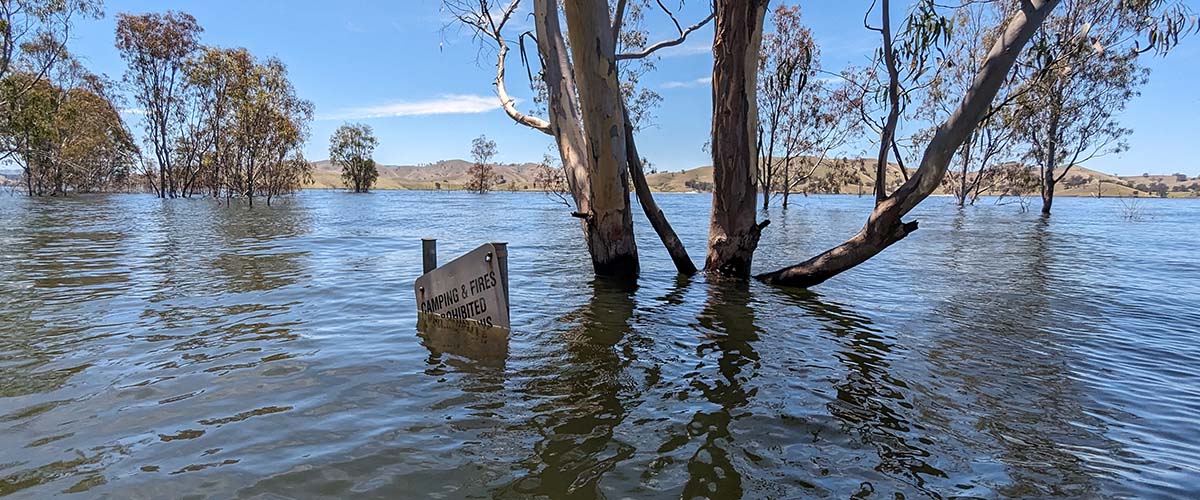As a world-leading toll road operator, we have a role to play in shaping the future of road transport and mobility – including contributing to a more sustainable future for our industry. This is especially pressing in the face of our changing climate and the challenges that come with this.
In January 2022, a winter storm in Virginia dropped 33 cm of snow along the I-95 corridor. This meant closing our express lanes for 30 hours, supporting emergency crew access and snow removal. One month later, in Australia, South East Queensland flood events inundated roadways surrounding our assets, leaving motorists stranded. The deluge of water put our roads’ drainage infrastructure to the test – but all our roads remained open, and served as a key connection between affected communities and emergency responses.
Both these events illustrate why we’re putting resources and our expertise to work on making our operations more sustainable. Here’s some of what we’re focusing on this year and beyond.
Preparing for extreme weather events
Climate change impacts are already being felt across the world, including more severe weather events. Given we’ll be operating most of our roads for around 30 years from now, we’ve been working to make our roads more resilient, to help keep them operational when weather-related events impact local communities. In Queensland, for example, we are progressively assessing our roads for worst-case extreme weather scenarios involving heatwaves, flooding, bushfires and sea-level rises to identify ways to improve how our roads perform in the face of both current and future realities.
We also have Natural Disaster Community Relief Guidelines, designed to help us provide appropriate support (such as grants) for people affected by extreme weather events. These guidelines were used in the recent QLD bushfires where the Red Cross, Salvation Army, Lifeline, St Vincent de Paul and GIVIT all received Transurban grants.
Our Climate Change Framework and supporting targets are aligned with the Paris Agreement and our priority is working towards net-zero emissions by 2050, creating resilient-infrastructure and operations in the communities that we operate.
Reducing emissions
Reducing greenhouse gas (GHG) emissions is critical to reducing the risk of worst-case scenarios becoming reality. In 2019, we committed to achieving net-zero emissions by 2050 across our operational energy and fuel use and within our supply chain, and were one of the first ASX-listed companies to to have our 2030 interim targets scientifically validated. And we met these 2030 targets in 2023, seven years early. We reduced emissions largely by transitioning our operations’ power supply to more than 80% renewables and by introducing EVs into our fleet.
This year we will also implement our sustainable driving strategy, that includes programs to make EV’s more accessible for people, and our communities.
Addressing the twin crisis: climate and nature
The impacts of climate change are not only experienced by humans. Climate change is inextricably linked with nature loss, including the destruction of forests, oceans and loss of animals. Biodiversity loss and ecological damage can, in turn, escalate climate change impacts – and this could potentially lead to operational and financial impacts for businesses, including ours. With this degradation of nature, it is important we also consider our business’ dependencies on nature.
This is why we are responding to the Taskforce on Nature-related Financial Disclosures (TNFD), an investor-led initiative that provides a framework that corporations can use to disclose their dependencies, impacts, risks, and opportunities on nature. So far, we have completed a high-level nature assessment, and the results will inform how we support and enhance biodiversity in our operations and supply chain in the future.
Learn more about Transurban’s sustainability activities here.

